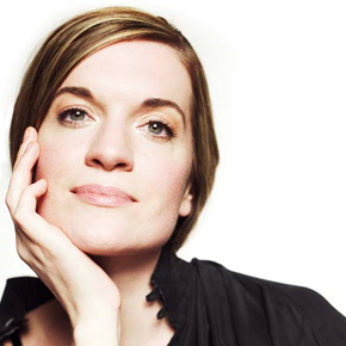Composer: Luigi Rossi (b. 1598 - d. 1653)
Performance date: 01/07/2013
Venue: St. Brendan’s Church
Composition Year: 1646-1649
Duration: 00:04:39
Recording Engineer: Damian Chennells, RTÉ lyric fm
Instrumentation Category:Solo
Instrumentation Other: hpd
Artists:
Elbipolis Barockorchester Hamburg (Albrecht Kühner [violin], David Maria Gramse [violin], Kate Hearne [cello], Andreas Arend [theorbo], Veronika Brass [harpsichord]) -
[baroque ensemble]

Luigi Rossi is
considered to be one of the most influential Italian composers of the early
Baroque period, especially with regard to secular vocal music. Very little is
known of Rossi’s early life, but at some stage in 1620 he joined the service of
Marc’Antonio Borghese in Rome and in 1627 he married Costanza de Ponte, one of
the best harp players of the age, who was also employed by the Borgheses The
pair formed a formidable musical duo which led to invitations to many of the
major courts in Italy and abroad.
The passacaglia
form was very popular in the 17th century, originating as a dance in Spain, but
used widely as an ostinato or recurring bass line, over which divisions of the
top lines were written out or improvised. The passacaglia is nearly always in
the minor key, consisting of four descending notes from the tonic to the
dominant. Rossi’s passacaglia bearing all the traits of it’s name, is not found
extant in any Italian source, and may have been written during one of the
composer’s many stays at the French court in Fontainebleau and Paris during
1646 and 1649. It appears in two different manuscript anthologies of French
keyboard music dating from the late 18th century. This suggests that the piece
held a secure place in French harpsichord repertory and may even have
influenced French composers such as Louis Couperin, whose famous passacaille
dates from around 1650.
Copyright © 2024 West Cork Music. All rights reserved.
Designed and developed by Matrix Internet